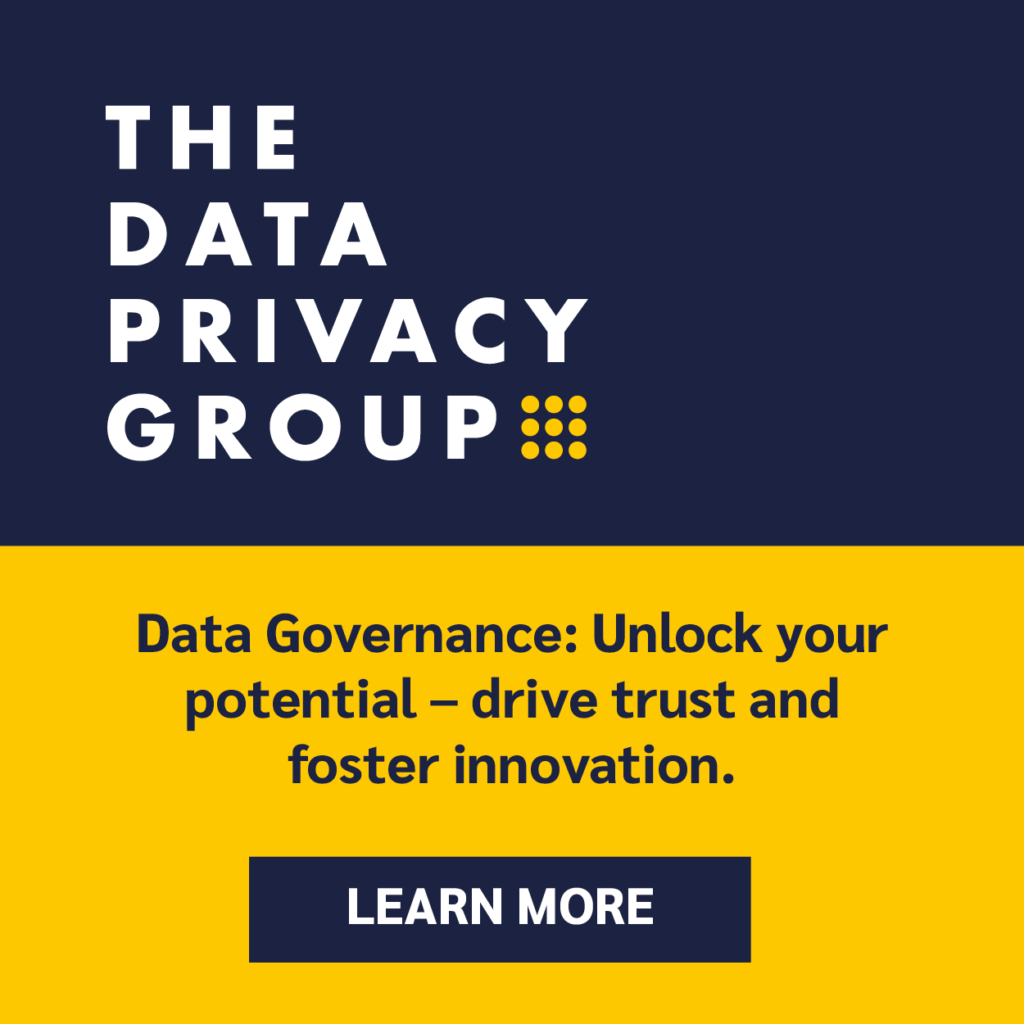Governance, Stewardship, and Quality Roles and Responsibilities
Who does what in a Data Governance program? The answer is largely dependent on the focus and scope of your program. Most programs organize for success, however, using a typical three-part archetype that includes Data Governance Authorities, a support group such as a Data Governance Office, and individual contributors embedded within other functions.

Data Governance Authorities
Somewhere in the organization, one or more groups are authorized to make rules and key decisions. This group of individuals (or a hierarchy of groups)typically represents a cross-section of stakeholder groups. Together, they define a set of rules in the form of policies, standards, requirements, guidelines, or data definitions.
(Or, they gather and align rules. Or address gaps and overlaps in rule sets. Or interpret rules. Or establish guidelines for how to layer rules on top of each other.)
This group of rule-makers may go by several names: a Data Governance Board, a Data Stewardship Council, etc. They may be self-organizing, or they may be called together by another body such as a Data Governance Office (DGO).
The Data Governance Office
DGOs usually coordinate and facilitate efforts. Sometimes they do the work of analyzing and packaging up issues, so Data Governance Authorities can make decisions. Usually a DGO includes roles that conduct communications and serve as liaisons to technology and architecture teams. A member of the DGO will typically keep records of data stewards and other program participants.
Embedded Data Governance, Stewardship, and Data Quality Workers
Most programs include participants who report into business and technology functions, but also work directly with data. It is common to embed data quality responsibilities into these workers’ job responsibilities. The most common requirements are to:
- Adhere to data policies and standards.
Note: Just as most organizations require workers to attest quarterly or annually that they will adhere to security standards, it is becoming more common to require attestation that they will also adhere to data policies and standards. Requiring an attestation makes non-compliance an actionable offense.
- Validate key data with the customer during each phone interaction
- Report quality issues to a designated role
Reacting to known data-related issues
Data Governance efforts almost always include a mechanism for resolving data-related issues. Issues are generally addressed at several levels, with a clear escalation path. A particular issue, then, may be resolved by an individual Data Steward, a Stewardship working group, the entire Data Stewardship Council, or the highest-level Data Governance Board.
Proactive measures
The best Data Governance programs proactively strive to stop data-related problems before they begin by reducing ambiguity, establishing clear accountabilities, and disseminating data-related information to all Data Stakeholders. Such programs usually include a Data Governance Office (DGO) or its equivalent to provide alignment between stakeholders and to provide ongoing support to programs, projects, and groups that work with data.




